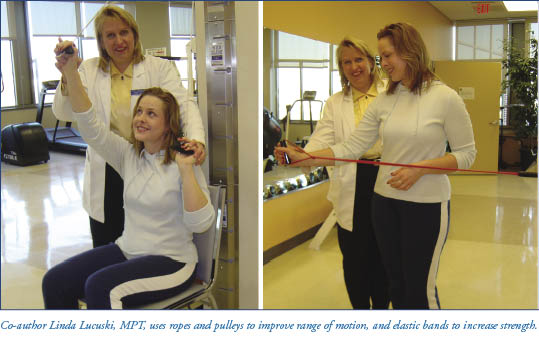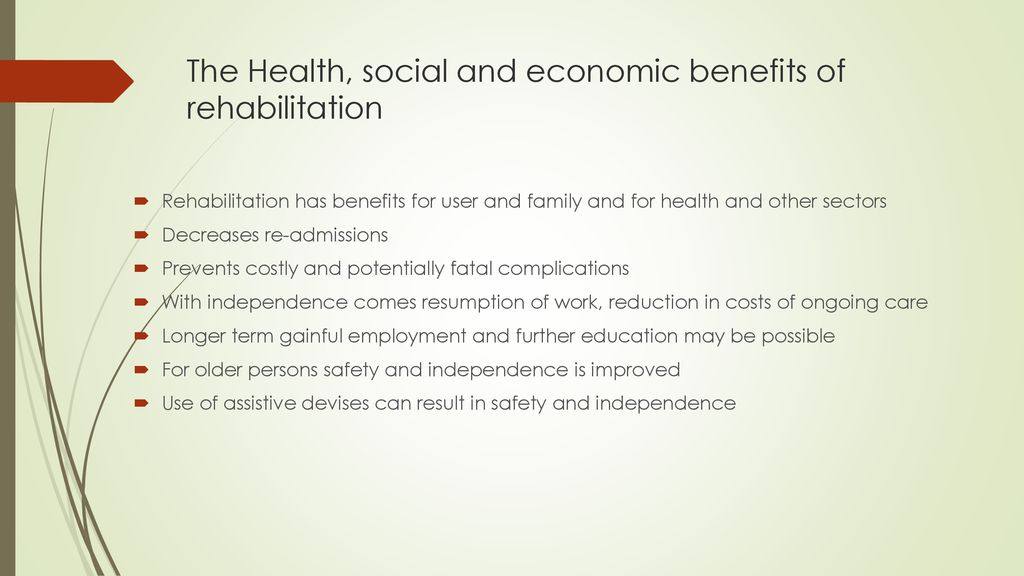The 5-Minute Rule for Narconon Africa
Wiki Article
Everything about Narconon Africa
Table of ContentsNarconon Africa Things To Know Before You BuyThe Best Strategy To Use For Narconon AfricaSee This Report on Narconon AfricaGetting The Narconon Africa To Work8 Easy Facts About Narconon Africa ShownThe Definitive Guide for Narconon AfricaSome Known Details About Narconon Africa
In a collection of papers with Manudeep Bhuller and Katrine V. Lken, we overcome these data challenges and the nonrandomness of jail time, providing new insights into how imprisonment influences regression, employment, kids, and criminal networks - Effective long-term recovery from drug abuse. Number 1 Our job research studies the results of incarceration in Norway, a setting with 2 crucial advantagesWe can better link this details to other family participants, including kids and brother or sisters. We have info on co-offending that allows us to map out criminal networks for observed criminal offenses. Second, we can take advantage of the random assignment of criminal cases to courts who differ in their tendencies to send accuseds to prison.
But some judges send out accuseds to prison at a high rate, while others are extra lax. We measure a court's stringency as the ordinary incarceration rate for all other cases a court deals with, after regulating for court and year set impacts, which is the degree of random assignment. This quasi-random task of court stringency can be made use of as an instrument for incarceration, as it highly predicts the judge's choice in the present situation, yet is uncorrelated with other situation attributes both deliberately and empirically.
What Does Narconon Africa Do?
Features of prisoners, including demographics and criminal activity categories, are extensively comparable in Norway and various other nations, including the United States, with the exceptions that the United States homicide price is a lot greater, and race plays a larger function there. What attracts attention as different, particularly compared with the United States, is the prison system.Figure 2In Norway, the typical time invested in jail is a little over six months, which is similar to most other Western European nations. This contrasts with ordinary United States jail time of virtually 3 years, which is in large component the factor the United States is an outlier in its imprisonment price compared to the remainder of the globe [Number 1]
A Biased View of Narconon Africa
This gives a lot more separation between small and hardened wrongdoers than exists in the United States. There is no congestion in Norwegian jails and much better individual safety, with each prisoner being appointed to their own cell and a higher inmate-to-staff proportion than in the USA (https://www.cheaperseeker.com/u/narcononza12). Jails in Norway also offer well-funded education, medicine therapy, mental health, and work training programsOur study on the effects of imprisonment on the transgressor, utilizing Ecstasy addiction recovery the arbitrary job of judges as an instrument, returns 3 essential searchings for. First, imprisonment inhibits further criminal habits. We locate that incarceration reduces the chance that an individual will certainly reoffend within 5 years by 27 portion points and lowers the corresponding variety of criminal charges per individual by 10 costs.
The smart Trick of Narconon Africa That Nobody is Discussing
We find large decreases in reoffending possibilities and cumulative billed criminal offenses also after defendants are released from jail. Our second result is that bias as a result of selection on unobservable individual qualities, if ignored, results in the erroneous conclusion that time invested behind bars is criminogenic. If we just contrast criminal accuseds sentenced versus those not sent to prison, we find positive organizations between incarceration and succeeding criminal activity.This stands in contrast to our evaluation based on the arbitrary assignment of judges, which discovers an opposite-signed outcome. Third, the decrease in criminal activity is driven by people that were not working before incarceration. Amongst these people, jail time increases participation in programs directed at improving employability and lowering regression, and this inevitably increases employment and revenues while dissuading criminal habits.

Imprisonment causes a 34 percent point increase in engagement in task training programs for the formerly nonemployed, and within five years their employment rate increases by 40 percentage points. At the exact same time, the possibility of reoffending within 5 years is cut by 46 portion factors, and there is a decline of 22 in the typical number of criminal costs.
Not known Incorrect Statements About Narconon Africa

A possible explanation for the difference is that Norway's prison system varies substantially, both in terms of prison-term size and jail problems, from the US prison system. While understanding the effects of imprisonment on the wrongdoer is a vital very first step, catching spillover impacts is likewise crucial for reviewing criminal justice plan and designing reliable jail systems.
See This Report about Narconon Africa

Regular least squares approximates disclose that youngsters of incarcerated papas are 1 percent point most likely to be charged with a criminal activity, about a mean of 13 percent, and show no effect on school qualities. Using our judge stringency instrument, we find no analytical evidence that a father's incarceration influences a kid's very own criminal offense or institution qualities, but we are unable to rule out modest-sized effects.
Narconon Africa for Dummies
We specify criminal groups based on network web links to previous criminal situations. When a criminal network member is put behind bars, their peers' possibility of being charged with a future crime lowers by 51 percent factors over the next four years - https://www.startus.cc/company/narconon-africa.Report this wiki page